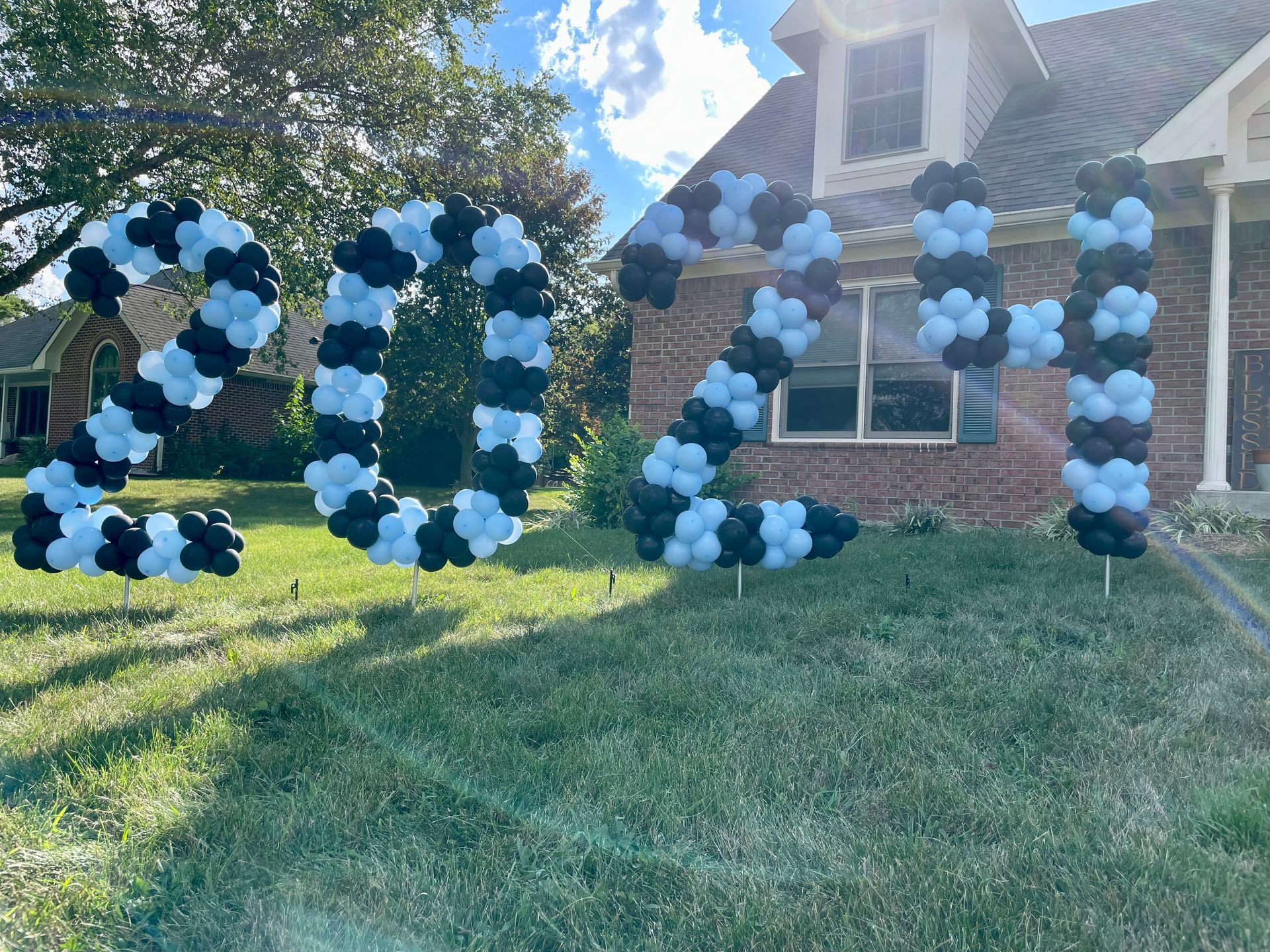Can balloons float without helium?
Helium or Air Filled?

The Science Behind Floating Balloons
For a balloon to float, it needs to be filled with a gas that's lighter than the surrounding air. Helium works so well because it's one of the lightest elements, with a density about one-seventh that of air. Other lighter-than-air gases exist (like hydrogen), but they're not safe for balloon use.
With helium prices rising and supplies sometimes limited, many people wonder if there are other ways to make balloons float. The good news is that there are several creative alternatives to helium, though each comes with its own considerations.
Creative Air-Filled Alternatives
While regular air won't make balloons float on its own (since it's heavier than helium), there are several ways to display air-filled balloons that create a floating effect:
- Create dramatic ceiling-high balloon columns
- Attaching balloons to fishing line suspended from the ceiling
- Creating balloon arches using framing
- Rigging balloons at varying heights throughout the event venue
These methods can actually be more reliable than helium, as air-filled balloons maintain their shape and height longer than helium-filled ones. Air filled designs can offer you weeks of beauty when kept in a temperature controlled environment.
Making the Right Choice
While nothing perfectly replicates the magical floating effect of helium, the alternatives can be just as impressive and often more practical. Air-filled designs typically:
- Last longer than helium balloons
- Cost less overall
- Allow for more creative freedom in design
- Provide more reliable results for outdoor events
Conclusion
While balloons can't truly float without helium, there are many creative ways to achieve beautiful balloon displays without it. With the right techniques and materials, air-filled balloons can create stunning effects that may even surpass traditional helium arrangements.












